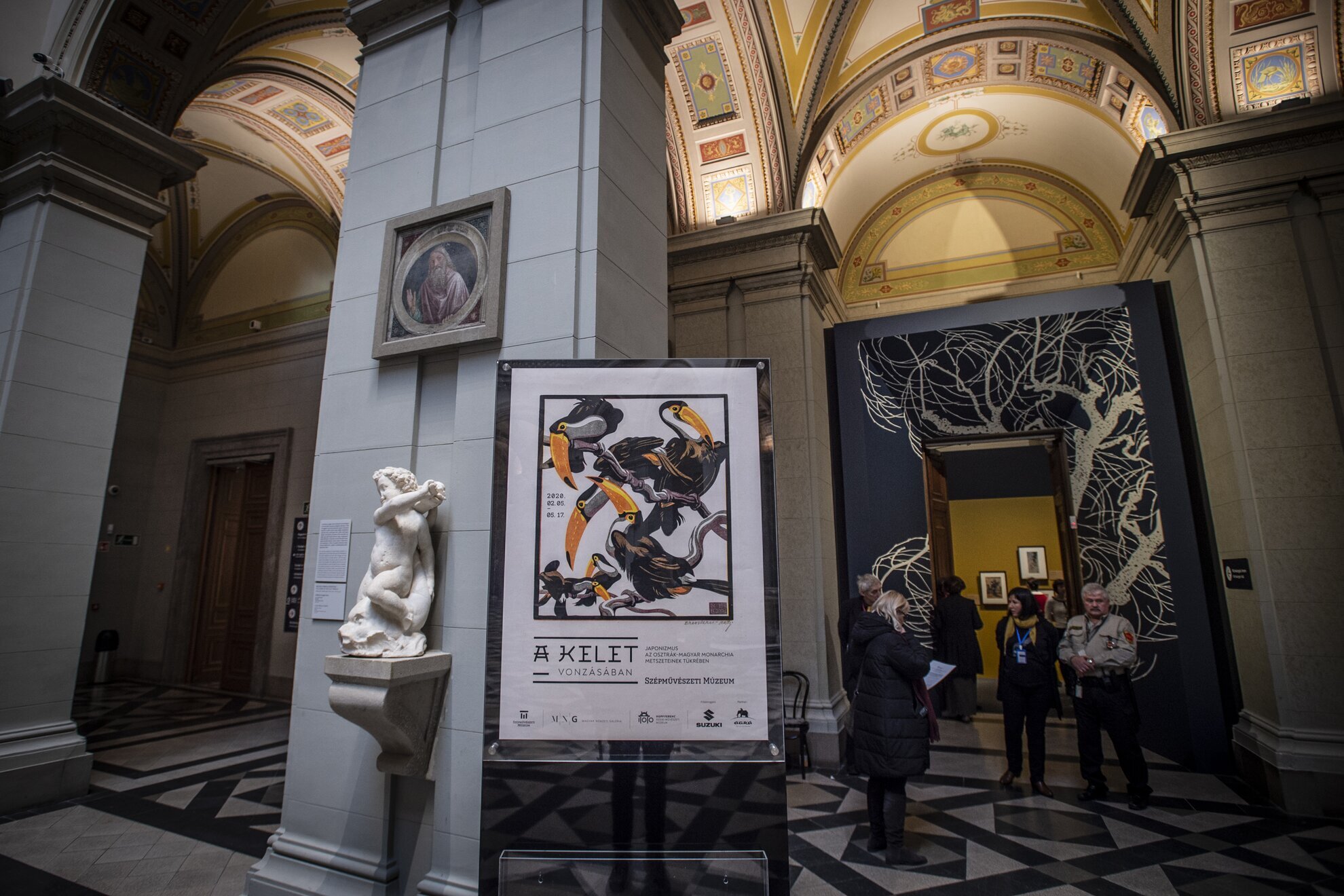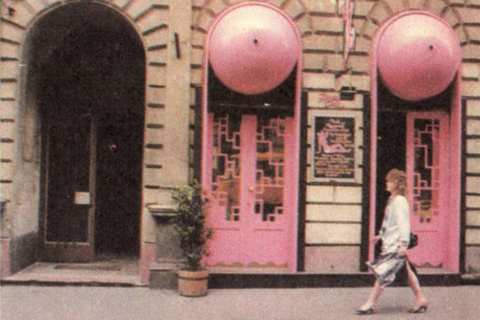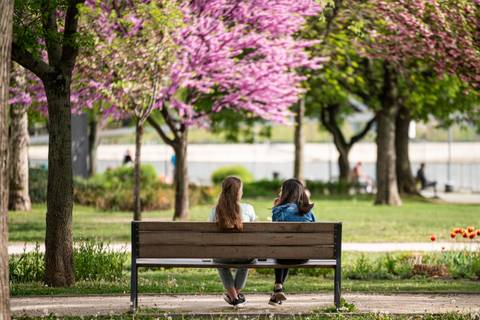Japan and Hungary first established diplomatic relations 150 years ago. To honour the occasion, the Museum of Fine Arts is hosting two exhibitions, one in Tokyo, the other which has just opened here.
The Call of the East – Japonisme as Reflected in the Prints of the Austro-Hungarian Monarchy makes for an enchanting and worthwhile visit. There are close to 70 artworks displayed as part of this exhibition, originating from the Museum of Fine Arts, the Hungarian National Gallery, the Ferenc Hopp Museum of Asiatic Arts and the Hungarian University of Fine Arts. A few are Japanese woodcuts from the 18th and 19th centuries that served as inspiration for European artists, while the larger selection focuses on prints of English and French artists, as well as those from the Austro-Hungarian Monarchy, including Hungarians.

As revealed at the exhibition, much of this treasure was partially forgotten after the outbreak of World War I, and has only been rediscovered in the past 20 years. For centuries, Japan was almost completely isolated and only opened its ports in the middle of the 19th century, when American rear-admiral Matthew C Perry forced the country to enter into trade and diplomatic relations with the West. During the subsequent commercial activity, Japanese artworks were introduced to Europe and America, exerting a significant influence on artists. This was termed by a French critic as Japonisme.
For European artists, Japanese vision, themes, composition, technique, motifs and way of representation were a revelation. they inspired fine and applied art, theatre, music, literature and fashion to a huge degree. For artists, new stimulus was provided by the use of different colours, two-dimensionality, close-ups, daring crops, decorative contours and ornamentation, and themes with a completely different nature and portrait style.
The meeting of European and Japanese art – especially wood and linocut engraving – produced a fascinating result. After French and English artists, Japanese culture also touched those of the Austro-Hungarian Monarchy, and Japanese culture began to spread here as well. The World Exhibitions in London (1862), Paris (1867) and Vienna (1873) played an important role in this, where the masses were introduced to the previously unknown world of the Far East. It was around that point that the Habsburg Monarchy and Japan formally made contact, in 1869.
After World War I, Japonisme was overlooked, even though later works of this genre were produced. In the last two decades, there has been something of a rediscovery, reflected in the opening of this exhibition, which features works by artists such as Lucien Pissarro, William Nicholson, Max Kurzweil, Emil Orlick, Carl Theodor Thiemann, Carl Moll, Viktor Olgyai, Gyula Tichy, Jenő Herzig and Gyula Conrád. These convey some of the excitement in the salons and galleries of London, Paris, Vienna and Budapest as Japanese culture swept the West like a wave.
The Call of the East – Japonisme as Reflected in the Prints of the Austro-Hungarian Monarchy
Museum of Fine Arts
District XIV. Dózsa György út 41
Open: until 17 May Tue-Sun 10am-5.45pm
Admission: 3,200 forints



